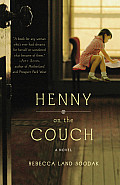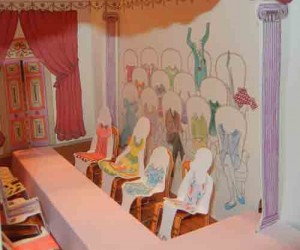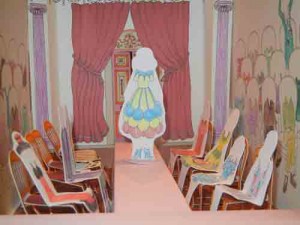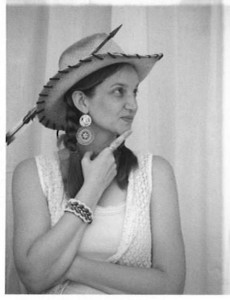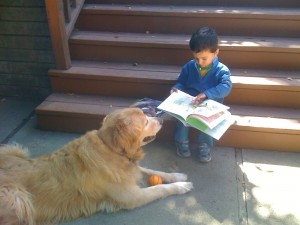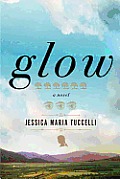 Glow is a fascinating story that starts during the early days of the Civil Rights Movement in the 1940s and goes back in time to tell the story of a remote mountainous region in Georgia and the generations of whites, African Americans, and Native Americans who lived there. I enjoyed it from beginning to end. Also, tomorrow I am featuring a Q and A with the author, Jessica Maria Tuccelli. So read on to for my official review, leave a comment, then check back tomorrow for the author interview.
Glow is a fascinating story that starts during the early days of the Civil Rights Movement in the 1940s and goes back in time to tell the story of a remote mountainous region in Georgia and the generations of whites, African Americans, and Native Americans who lived there. I enjoyed it from beginning to end. Also, tomorrow I am featuring a Q and A with the author, Jessica Maria Tuccelli. So read on to for my official review, leave a comment, then check back tomorrow for the author interview.
Glow by Jessica Maria Tuccelli
When Amelia McGee gets a threatening rock through her window on the eve of a picket by blacks in Washington, D.C. in 1941, the first things she thinks to do is send her daughter Ella back to the homestead in Georgia where she will be safe. But something goes wrong on the way. The bus breaks down and deposits Ella late. When she begins to walk to her uncle’s home, two men in a pickup attack her, but she’s rescued before she is seriously injured. So begins the tale in Glow, a novel by Jessica Maria Tuccelli that starts with these early stirrings of the Civil Rights Movement and goes back in time to slavery and the removal of Native Americans from their land.
In remote Hopewell County, Georgia, a mix of fiercely independent people worked a hardscrabble existence in the hills. When preacher Solomon Bounds brings in a hardy strain of tobacco and builds a home with his family and slaves, he lays the footwork for a dynamic that will exist for generations to come.
The storytellers are mostly women: Amelia, Ella and Willa Mae Cotton. Ella is still young and impressionable, not aware of the cruelties of the world for a mixed race child in the 1940s. Amelia suffered the taunts of children who called her a half-breed when she was young, and she remembers her Cherokee grandmother sharing with her the lore of her people. She couldn’t understand hating or loving someone because of the color of their skin, and it seemed natural to her to fall in love with Obadiah Bounds, a black man who is Ella’s father. Willa Mae was born into slavery, and she knew that both her happiness and grief depended on the character of the man who owned her. She navigated the tricky waters of freedom and survived as a bridge from the old ways to the generations that came after her.
Throughout the saga, Glow paints a story of people for generations who want nothing more than the freedom to decide their own fate and care for their families. It’s a sweeping tale that reminds me of Cold Mountain with it’s descriptions of life in the Georgia mountains, and of The Autobiography of Miss Jane Pittman for its scope of American history. Mother-daughter book clubs with girls aged 15 and above will find a lot to talk about including the role of women in the times represented, slavery, Civil Rights and the relocation of Native Americans from their homeland.
The publisher provided me with a copy of this book to review.

